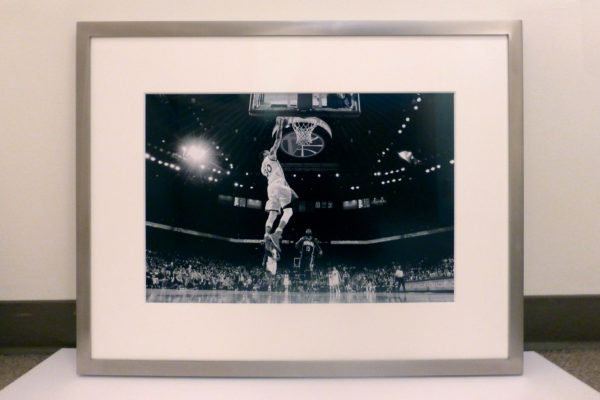The term ‘museum quality’ refers to the materials and techniques used in framing work for long term preservation regardless of condition or value.
It is the standard museums employ when matting, mounting and glazing works of art for display.
For more information and a quote on your framing project, send us an email


